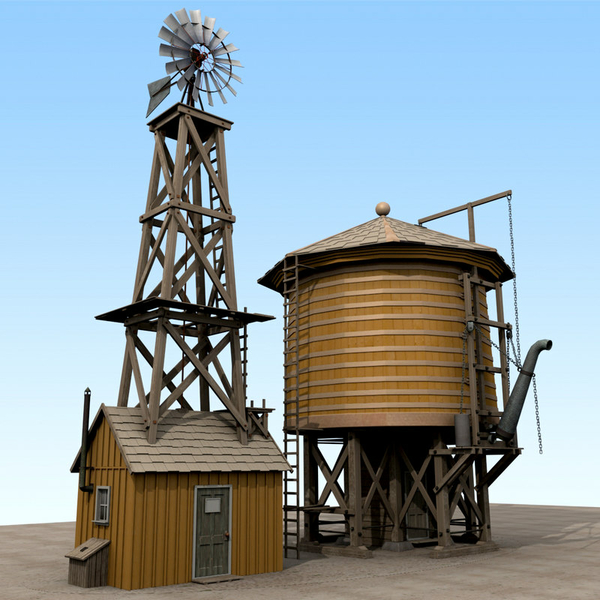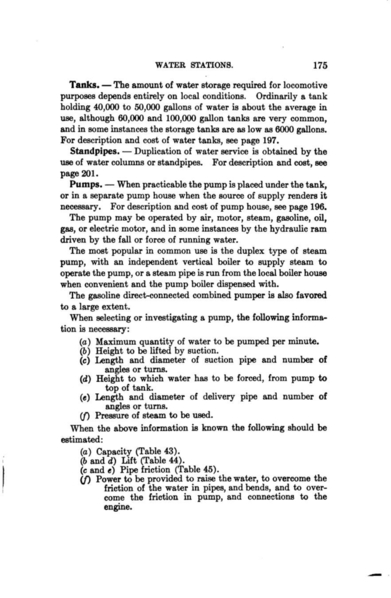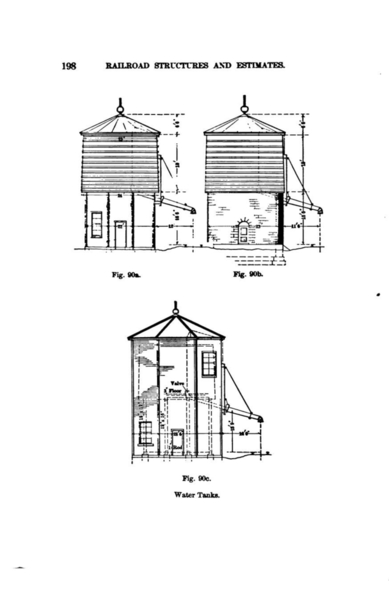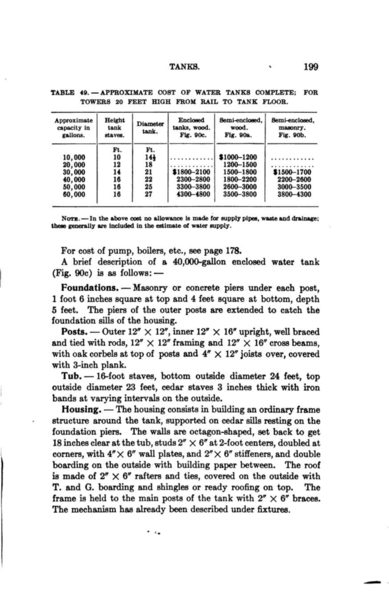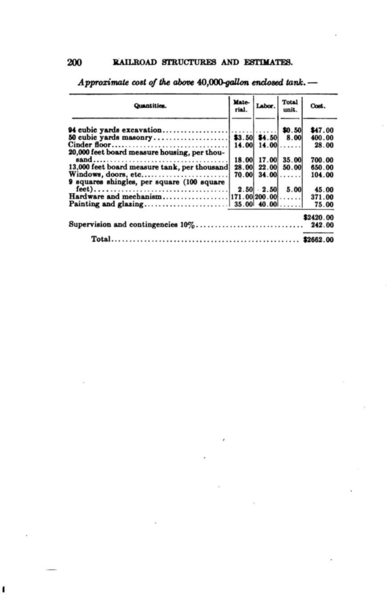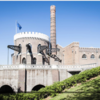I recently bought a water tower structure for my layout. It is the old, wooden, 19th century type, like I have seen in a hundred western movies.
But a question has come to mind. Railroads ran across the entire southwest, including across all of the vast deserts. There must have been lots of water tanks along the routes, to fill the locomotives as they passed through.
How in the world did they fill these tanks up with water, out there in the desert? Having traveled across the western states numerous time, I know that about every 60 miles or so there is a town called [Something] Springs. Plainly, there are occasional springs out there, and I am sure the original wagon trails across the deserts went from spring to spring.
But, based on my own experience in the mountains of the east coast, most "Springs" have a relatively small amount of flow. You are lucky if you find a spring that chugs out as much as two garden hoses of volume.
If you have every been to Pagosa Springs Colorado, which is a sulfur spring, you may be surprised to see that it is a small flowing spring, about as much as one low pressure fire hose would produce.
Unless huge reservoir holes were dug at the base of these springs, not much water could be collected at these springs. Even then, large amounts would be used up by people and businesses at the little town, as well as lost from evaporation and ground drainage. And, this water would have to be sulfur and alkalie free.
So, how did the railroads constantly fill these large tanks out there with water? Seems like it would be a monumental task to have entire trains of water hauled along the route, stopping and filling up these tall water towers with two man hand lever pumps.
Thanks for any info.
Mannyrock




